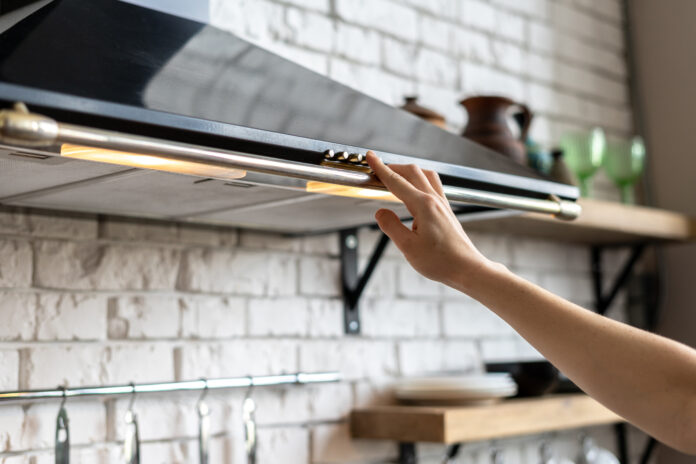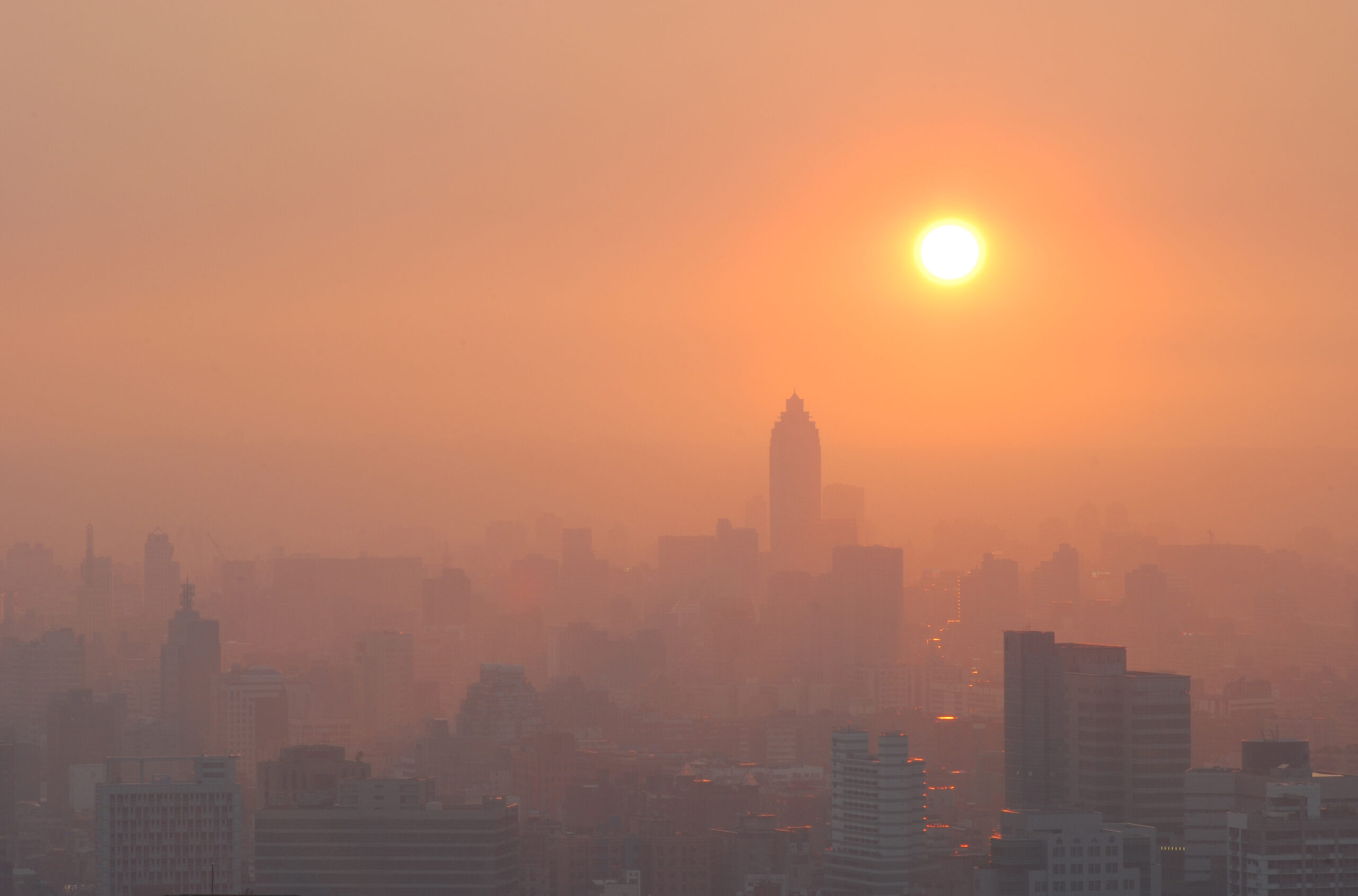If you have a range hood or separate exhaust fan in your kitchen, don’t wait until you burn something to turn it on. Rather, you should make a habit of flipping the switch before you start cooking, whether your range is gas or electric and whether you are using the cooktop or the oven. And you should leave the fan running at least until you finish cooking.
These devices remove heat and odors and help keep moisture and grime from accumulating on surrounding surfaces. More important, when they vent to the outside, they remove a variety of air pollutants generated during any kind of cooking—frying, broiling, baking, and even just boiling (if you are using a gas stove, the burners will emit nitrogen dioxide and other combustion pollutants no matter what you are cooking). These include acrolein (a powerful irritant), polynuclear aromatic hydrocarbons, carbon monoxide, and ultrafine particles that can pass through defenses in our lungs to affect other organs.
In fact, gas burners release so much nitrogen dioxide that levels inside homes can exceed health-based, outdoor air quality standards when kitchen ventilation is not used. (Electric burners in general are less polluting.)
The hazards are highest for people who spend the most time cooking, including workers in restaurants, and for those with health conditions such as asthma and COPD that make them particularly sensitive to air pollutant exposures. And, as discussed in our tribute to Kirk Smith, Ph.D., household air pollutants created by cookstoves in developing countries are a great public health concern.
Even a moderately effective range hood can substantially reduce your exposure to pollutants, according to Brett Singer, Ph.D., who leads the Indoor Environment Group at Lawrence Berkeley National Laboratory. The key, he says, is to have—and use—a “venting” range hood or have an over-the-range microwave that exhausts to the outdoors, with the vent going through a duct in the wall or up through the roof—as opposed to a recirculating range hood that just sucks air through a grease screen and blows it back into the kitchen. Some high-end versions of these non-venting hoods have carbon filters that remove some pollutants, but it is much more effective and reliable to blow pollutants to the outdoors.
While high-performance venting hoods are optimal, almost any hood can be used more effectively by doing simple things, says Dr. Singer, including cooking on the back burners and using a higher fan speed when frying or when using two or more burners at a time. In addition, the hood should be placed at the manufacturer’s recommended height above the top of the stove (usually 24 to 30 inches). Grease screens and filters should be cleaned and changed as recommended by the manufacturer.
What to do: If your kitchen doesn’t have a venting hood or other exhaust fan, it’s advisable to have one installed or to at least put a fan in an open window, blowing outward. Portable air cleaners can also help in removing some, but not all, cooking-generated pollutants. And if your kitchen has a venting hood but you are looking to upgrade, Dr. Singer recommends paying attention to the noise level when set at medium speed before buying; some models have very high airflows but are too noisy for most people, so they end up not turning them on.




